Crimean fortress does not surrender to the enemy
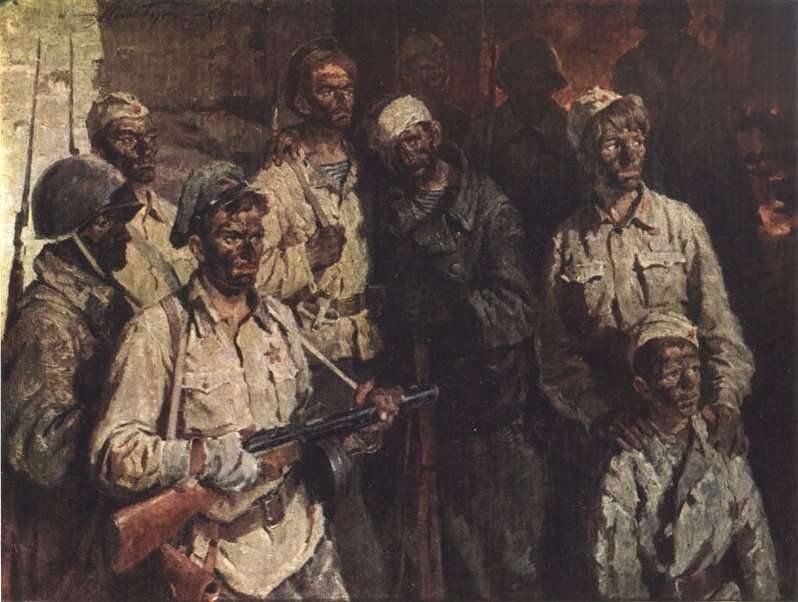
Not enough air, breathing hard, it seems that the underground mist absorbs your whole being ... Read the notes of the search engines is difficult and simply impossible: I take my breath away and again read these lines, scorched by tragedy. They came to me from the War Veterans Center, where they accumulate historical evidence of past wars and various conflicts.
Adzhimushkaya tragedy must live, pass through his soul. We must become a part of it in order, perhaps, with time, to finally understand what happened there. The defense of the quarry lasted about six months. Limestone pits have become a natural obstacle in the path of the German troops to the Kerch Strait. The total area of workings is approximately 170 ha.
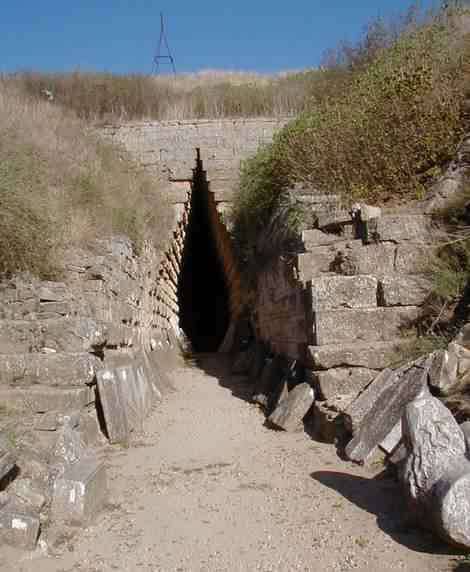
Here, five kilometers from Kerch, in mid-May 1942, more than 13 000 fled to servicemen and civilians who managed to organize a defense that the Germans could not break for a long time. Unable to replenish supplies of water and food, the defenders of the underground garrison laid down their heads here, but several regiments of the Wehrmacht 11 Army under the command of Erich Manstein did not surrender: only 48 defenders, according to the official version, survived after 170 days. And some say that there are only seven defenders left alive. Although there is evidence of 136 defenders who were able to gather after the war. But they stayed.
On the German historical forums, two iconic fortresses are mentioned - this is the Brest Fortress and the Adzhimushkaya Fortress (a bitter or gray stone translated from the Turkic language).
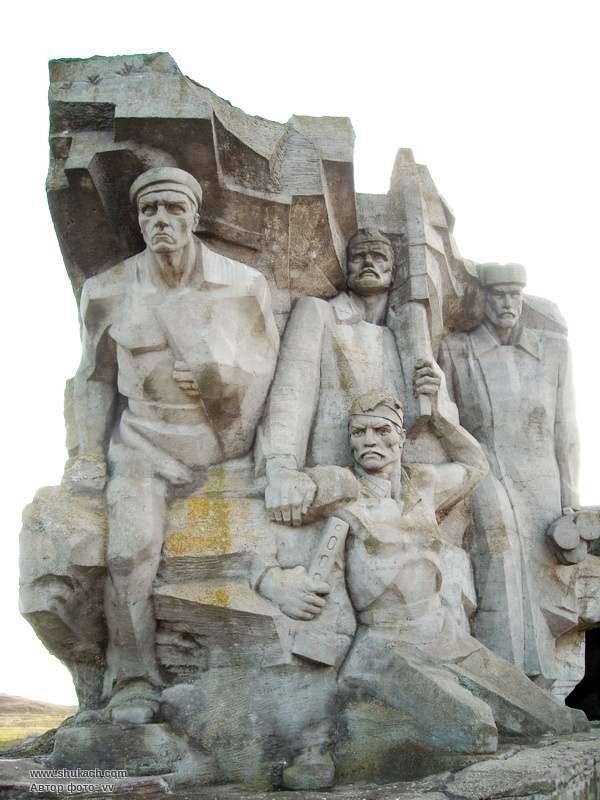
Few people know, but the quarries were divided into two parts - central and small, which were not connected with each other. In the central part is located the main garrison under the command of Colonel Egunov. In a small part - their depth is up to 30 meters, they are two-tiered, up to 15 kilometers in length - a garrison is located under the command of Lieutenant Pazhny. Under the ground, it was possible to establish the work of field kitchens, to conduct electric lighting: the current was generated from a tractor, which is now stored in an underground museum.
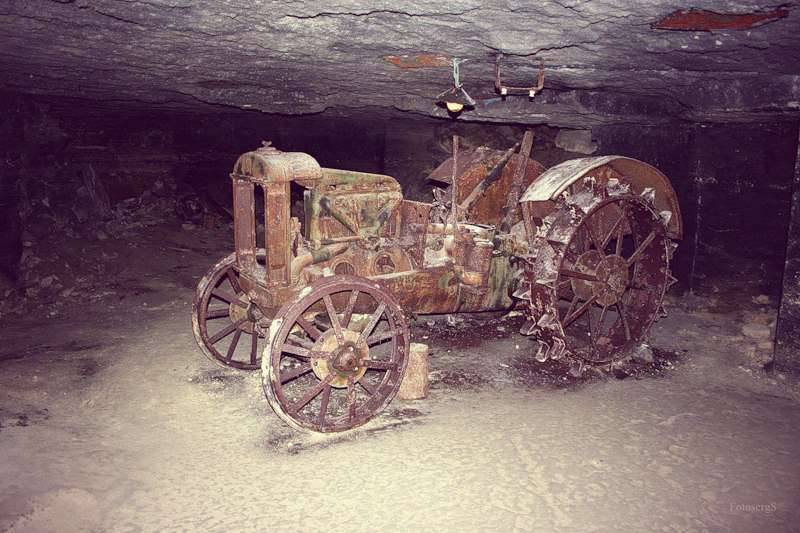
The Nazis used a large amount of explosives against Soviet soldiers and even used poison gas. The Germans burned everything around, twice surrounded the area with barbed wire. They tied people to the bombs and lowered them down into the quarries and shouted that it would be like this to everyone.
From the commission’s report of a separate Primorye Army, February 16 of the year 1944: “A large number of rusting helmets, rifle and machine-gun cartridges, projectiles, gas masks, rotted uniform are lying around in the quarries, corpses and skeletons of people are visible, apparently from clothing, former military personnel. Many have gas masks in the “ready” position. The postures of the corpses, the position of the limbs indicate that death occurred with a strong psychological experience, with convulsions, agony. In these galleries, not far from the location of the corpses, five mass graves were found, in which a total of about three thousand people were buried. ”
Mikhail Petrovich Radchenko. Remember it. Teenager. He survived, and lived his age in the village Adzhimushkay. He did not go underground: even after years he could smell the faint smell of gases.
The first gas attack had the most terrible consequences, many did not immediately understand what was happening: in the corridors of the quarries, and so the smoke and stench were walking. Asphyxiation killed around 800 that day. Then the Germans almost every day, from 10 hours of the morning, for 6-8 hours, started the gases. But regular gas attacks failed. The Red Army soldiers learned to resist them: they wore gas masks and built gas shelters in distant dead-end galleries, where gas practically did not penetrate.
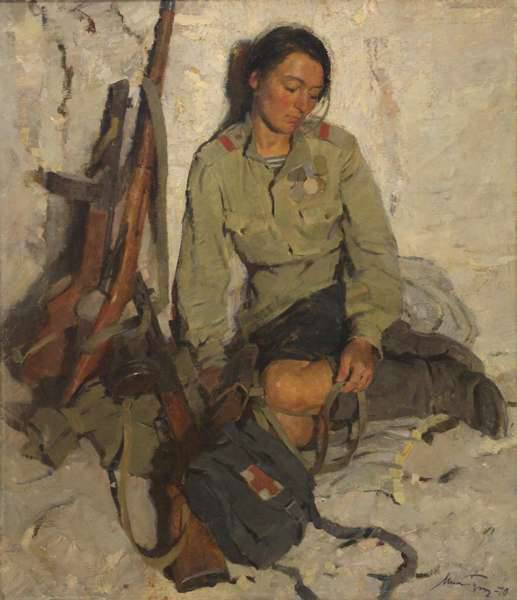
Only one feature film, "Descended from Heaven," tells about all the horrors and sufferings that people experienced. Tormented by thirst. To get to the two wells, you had to pay several human lives. In the film there is an episode about a nurse who, without weapons coming out for water. In fact, the sisters went out for water several times, the Germans allowed them to collect it, but then opened fire.
A well with sweet water (the taste was such) the Germans threw the corpses of Soviet soldiers, there is a version that they dumped them there alive: since they were twisted by barbed wire. But the salt water well was thrown with various construction trash.
Then the military engineers did the almost impossible: within two days, having calculated, a horizontal course was struck directly from the caves leading to the salt well. Water! Water! They got drunk and stocked up, realizing that the Germans could discover this digging. This is what happened.
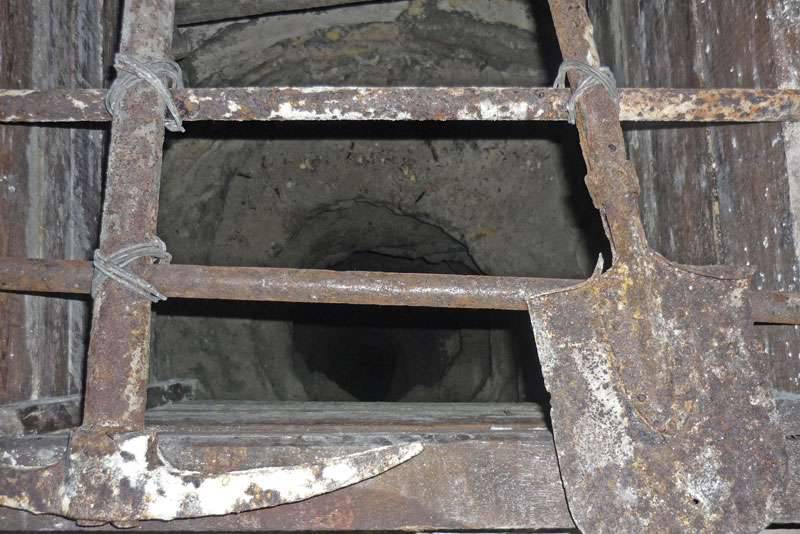
But the defenders of the underground garrison dug three wells. One of them, located on the territory of the second battalion of the central part of the quarries, survived and is still part of the museum exposition. Wells were dug within one month with the help of a pickaxe, a conventional sapper blade and scrap. The depth of the well in the monolith stone - 15 meters. The arches above the well were strengthened, and he himself was guarded. Only a narrow circle of people had access to water. Every liter of water is strictly accounted for. And, although the fascists managed to derail the soil at one of the three wells, the two remaining ones were enough to provide a garrison that was thinning day by day.
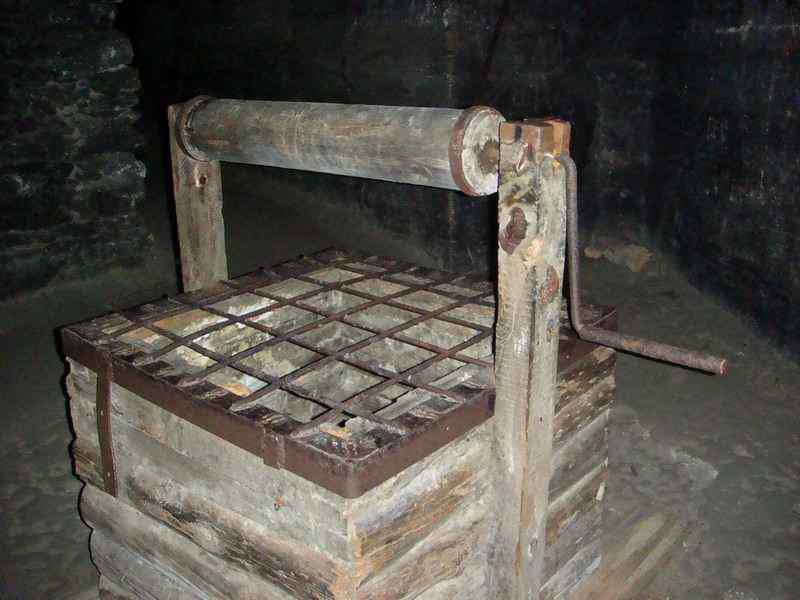
The Germans drilled holes in the surface, laid bombs there (from 250 to 1000 kilograms) and blew them up, causing the collapse of huge blocks. Tons of rock collapsed, killing people.
“After these explosions, the earth bloated, the shock wave killed a lot of people,” said Mikhail Petrovich Radchenko.
The soldiers here also came up with their own special team of hearers, who were obliged to identify in time the places where the Germans were drilling. To advance people away from the landslides. Today you can see a giant undermining height of about 20 meters.
For many years, the legendary Rostov search engine Vladimir Shcherbanov - not only a journalist, but also a member of the military search engine, which keeps watch of memory. So, publish notes Scherbanova.
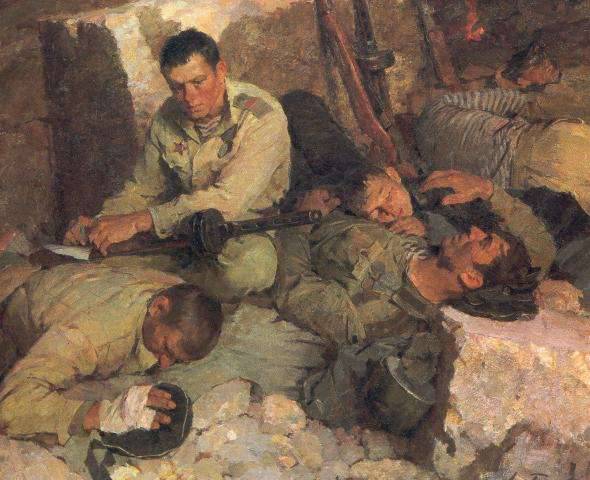
“The brush in the hands is trembling barely noticeably, dropping stone sawdust from the dark remains. From the tension begin to ache muscles, cuts in the eyes. We have been working for the second hour. From time to time I ask:
- Shine here. Give more light.
And again the ringing silence. You can’t hear the guys, you can’t even hear your own breathing, only occasionally - the rustling of sand in the next gallery.
The remains of the fighter lay close to the wall under a 20-centimeter layer of stones and dust. Hands neatly folded on the chest. A thought flashed: “He did not die here, but was buried, which means there will be no documents - they should have been taken away in the hospital.” And yet something confuses, something is wrong.
Behind someone gently pushed. I look back. Seminozhenko is standing behind him - his eyes are deep, dark, his cheeks have sank more, his cheekbones have stood out more sharply. Almost without opening his lips, he says:
- Why in boots?
Now I realized what was embarrassing. The soldier was buried still in the new wet boots. But then, in the 1942 year, there was an order in the dungeons: before the burial of dead comrades to take away weapons, documents, ammunition, warm clothes, shoes. The living had to live and fight - for themselves and for them who left.
Carefully inspect the place of award pockets. At the left fingers freeze - under the rotted matter of some paper. On the gray sheets of the dent from the once golden letters. Now there is no doubt - there are documents.
The Komsomol card and the Red Army book pressed by time and stone. The soldier wore them on his chest, closer to his heart, until the last day, and even when his comrades crossed his arms, the documents remained there.
The photo faded. Pages stuck together.
The find is carefully passed from hand to hand, and I see how the palms of the children’s hands and the girls who worked during the day are trembling, I read the same questions in their eyes: “Who are you, soldier, where have you been waiting and waiting?” Where do you still remember the beautiful, tall, twenty years old? Maybe the newest examination tools will help you, one of the few, to go to a mass grave under your own name! ”
Such a find is rare. Such a find is an event in the expedition. Of course, all its members find excited. But at first there were few conversations, discussions, hypotheses. Perhaps everyone had to be alone with the surging thoughts.
The Komsomol card in our mind is not just a crust, confirming that the youth belongs to the union, not even just a symbol uniting Komsomol members of different generations, it is, among other things, a high principle.
We will surely find out, everything will surely find out about him: in what family he grew up, how he lived, how his descendants, our contemporaries, live. ”
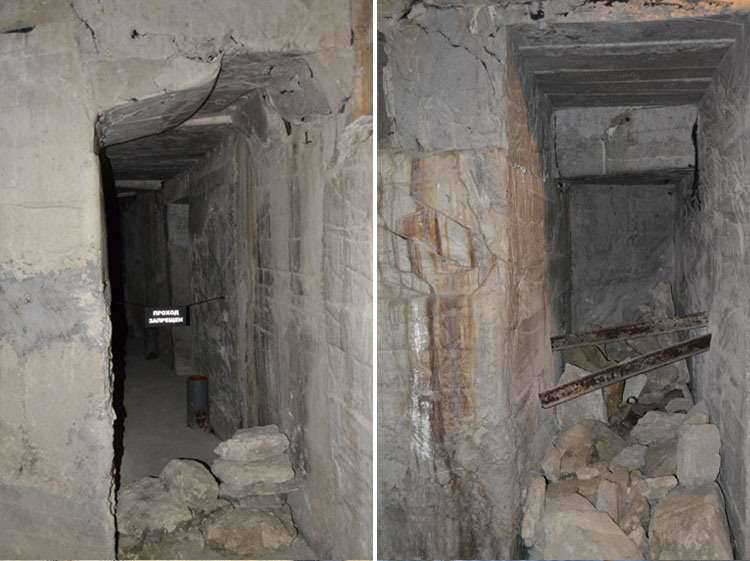
“On the first Sunday of the expedition’s work they didn’t go underground, they decided to see the city, to visit the museum of local lore.
Today came two guys from the city of Ozyry - Mikhail Polyakov and Ivan Andronov. Both firefighters from the Moscow region. It turned out both came to Kerch in May, with a guided tour, where they learned about the expedition. We found out the address of the team leader, wrote off.
In the evening, Andronov recalled the May visit to Adzhimushkay:
- Came out of the dungeon as pinned, with relief swallowed fresh air. I thought: how good it is to live. When they left it, something unclear about the soul was, as if something was to blame for those who remained there. ”
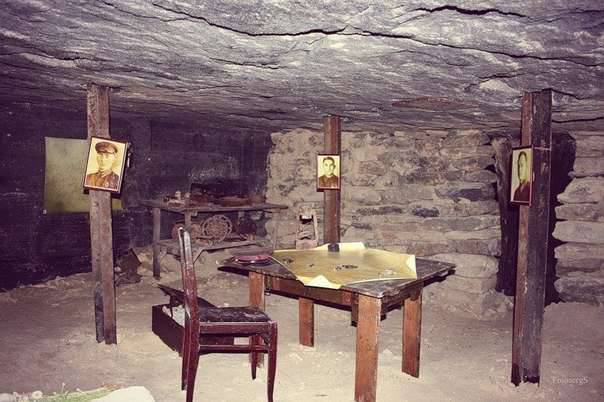
"7 August. Again, working on the rubble. Several years ago, Valera Leskov found anti-tank weapons (PTR) here under the stoves. The gun was transferred to the museum, and the blockage was dubbed - PTR. Last year we also found scraps of newspapers and documents in this place. And Valera insisted that we return to this place again. They unearthed the bottom plates along the artificial wall, reached the layer of paper. They began to clear the western wall of the gallery, and stumbled upon a small leather bag. The weight turned out to be impressive, something inside rang in one of the compartments.
But we were amazed and overjoyed more than if we had seen gold when the Order of the Red Star slipped out of the wallet and the 20 years of the Red Army medal slipped out. And all this is in good condition, even on the back of the order it was easy to disassemble the number - 10936.
In the second pocket they found a red order book. Even if it is not possible to read the name of the owner of the order and the medal in the document, then it will be easy to install it by the Army Central State Archive by the award number.
Who is this man? Under what circumstances did you lose your rewards? What happened to him next? Is it alive? We can answer these and many other questions already this year.
For this day, the finding of awards was for us the most significant. The guys went happy, even the fatigue seemed less. ”
“Again we are going to the area of the obstruction of the operating table. Now there is no doubt that for a long time there was one of the underground hospitals. It would seem that everything was checked more than once, but still we discover something new.
Nadia and Sveta Shalneva need to break through the meter of the packed soil to the floor of the gallery. A shovel does not take, you have to work with a pick, slowly making its way down. Albina Zimukha works a few meters away. Today, she left the kitchen and went to the quarry too.
Sveta got out of the pit, wiped her forehead and began to examine the walls in the place where Albina Mikhailovna worked:
- Guys, the inscription is interesting!
On the neckline of darkened limestone with something sharp inscribed the words: "Excuse me, my friends."
“Five years ago here,” recalls S.M. Shcherbak - we discovered the burial, where the remains of 25 soldiers appeared. Most likely, the inscription refers to this grave.
We stand silently, looking at irregular dents of letters, as if we are trying to discern in them what time has hidden.
Recently, the idea arose to conduct a short winter expedition in February. Moreover, the unusual - all 7-10 days to live right in the catacombs, where the soldiers of the underground garrison lived and fought. Do not look in this passion for originality or to dubious experiments. Now, reading the diaries of the summer expedition, it is easy to understand where this idea came from.
Anyone who has felt the view from the catacombs, who, considering the inscription on the wall, was carried by his thoughts and heart to the 1942 year, can be sure that these moments will not pass without a trace. And when, after several months, you understand their significance in your life, then it draws you again to where you can better understand and feel them, ordinary soldiers, heroes who have stood and remained in our memory.
“Until the end of the expedition remains two days and two nights. It's time to turn down the camp and put out the lights, and the guys did not have time to get tired properly. I am at a loss: how can this be explained? If there was a possibility, everyone would stay for another week.
In recent days, if there is even a ghostly hope for a find, the guys are working feverishly, with passion, as if for the last time. ”
And although officially the defense of the quarry continued for five months, some pockets of resistance, as follows from the report of the German command, continued to fester for many more days.
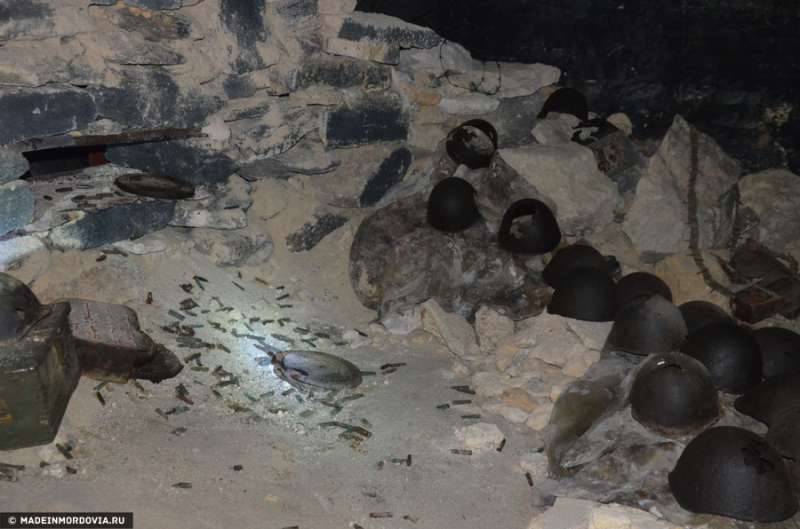
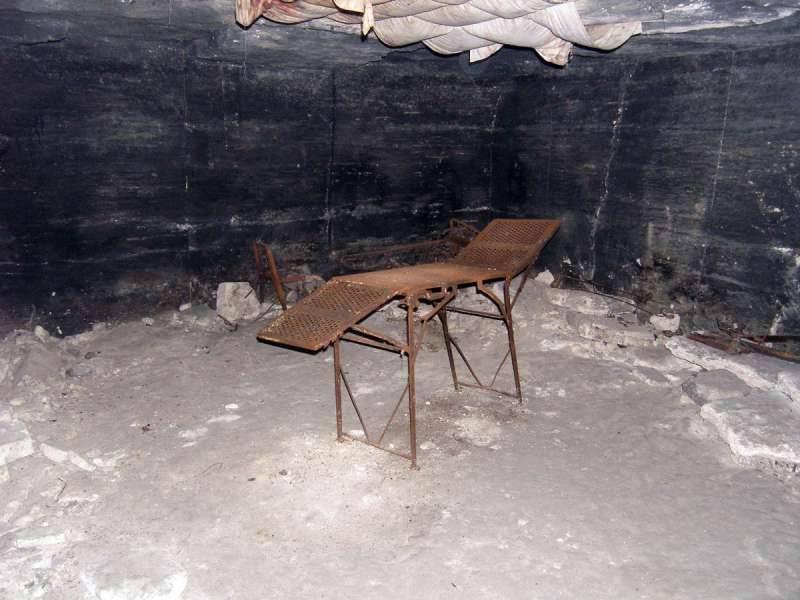
Information